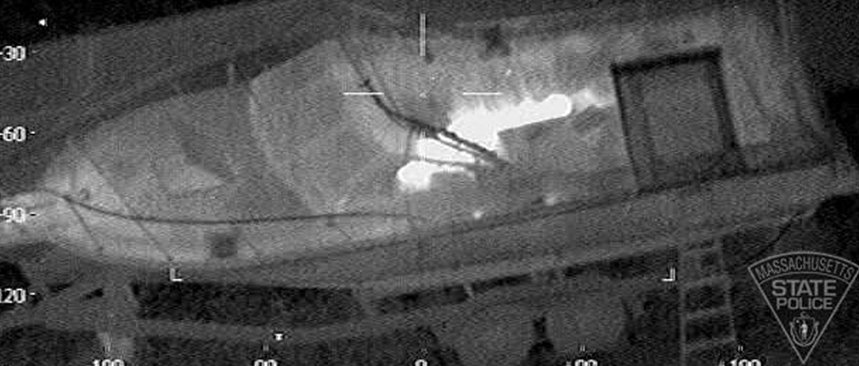Smaller thermal cameras with smaller pixels for warfighters
April 22, 2013
DARPA researchers have demonstrated a new five-micron-pixel long-wave infrared (LWIR) camera that could make this class of camera smaller and less expensive. (A micron is a millionth of a meter.)
The military uses LWIR (also know as “far IR”) cameras as thermal imagers to detect humans at night. These cameras are usually mounted on vehicles as they are too large to be carried by a single warfighter and are too expensive for individual deployment.
This is the first IR camera with pixels about half the size of the photons it detects. The pixels are configured in a 1280×720 focal plane array (FPA) — a relatively high resolution for an IR camera.
The benefits of developing smaller pixels for LWIR cameras are similar to those in visual cameras, like what may be found on a cellphone. Smaller pixels mean smaller optical components and packaging without forfeiting sensitivity, resolution or field of view. A higher density of pixels over a given area makes it easier to capture the photons from, and thus image, a target. The cumulative result is a smaller, lighter and more portable LWIR camera.

LWIR infrared image released by the Massachusetts State Police Air Wing appears to show Boston Marathon bombing suspect Dzhokhar Tsarnaev on Friday, April 19, hiding in a Watertown, Mass., resident’s boat in the resident’s backyard. (Credit: Mass. State Police)
These new LWIR cameras may also be less expensive than current sensors because the cost of FPAs is proportional to chip area. FPAs are processed on a given wafer size. The more FPAs that can be printed on a single wafer, the lower the cost per FPA. Smaller pixels will therefore reduce the size, weight, power and cost. DARPA hopes that with appropriate optical adjustments, the advantages of smaller pixel FPAs will find a home in a multitude of next generation applications.
The camera was developed by DRS Technologies, Inc., working on the DARPA Advanced Wide FOV Architectures for Image Reconstruction and Exploitation (AWARE) program.
DARPA recently announced other breakthroughs under the AWARE program, including a gigapixel-class camera and advances that may enable smaller thermal scopes.